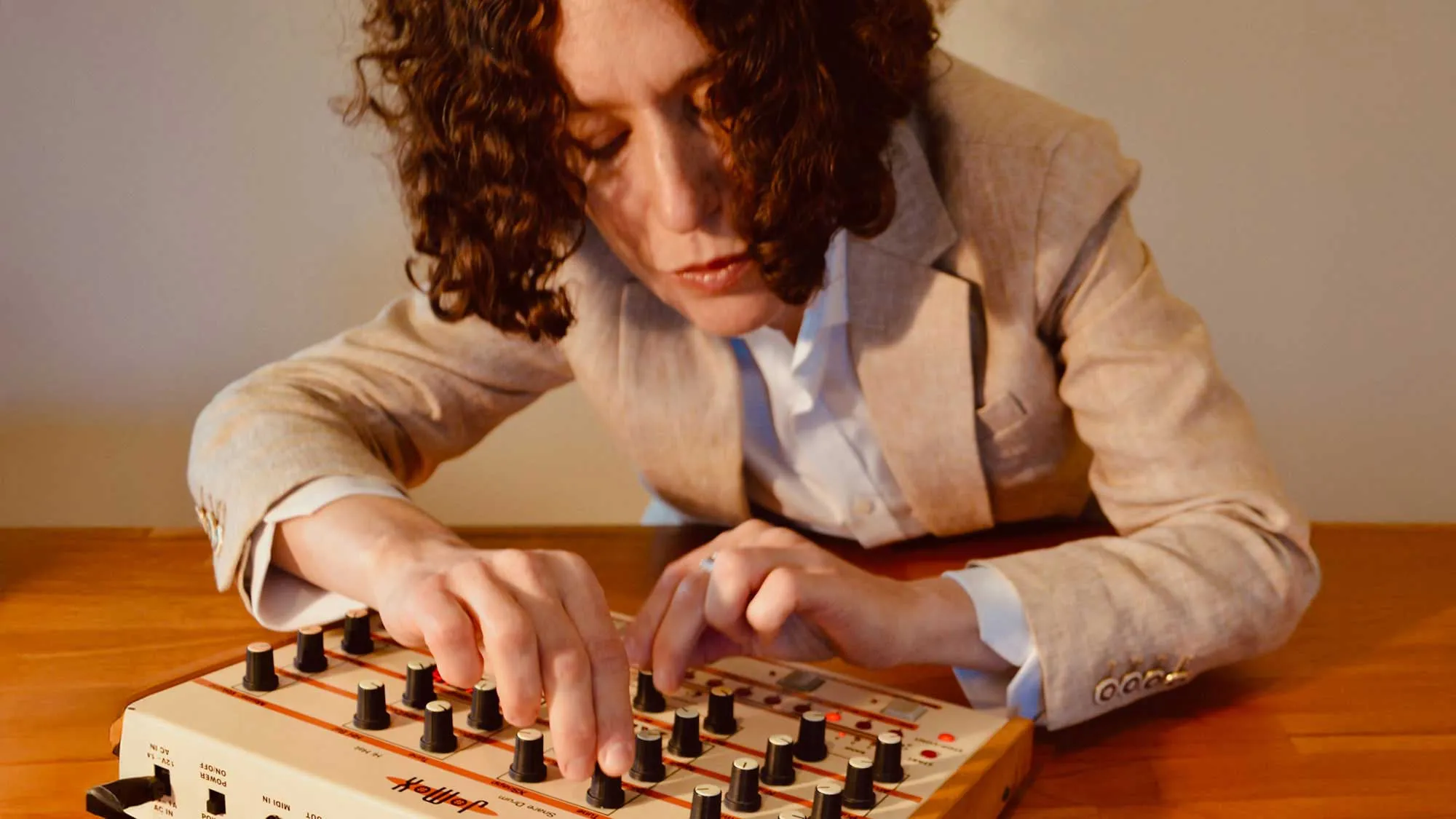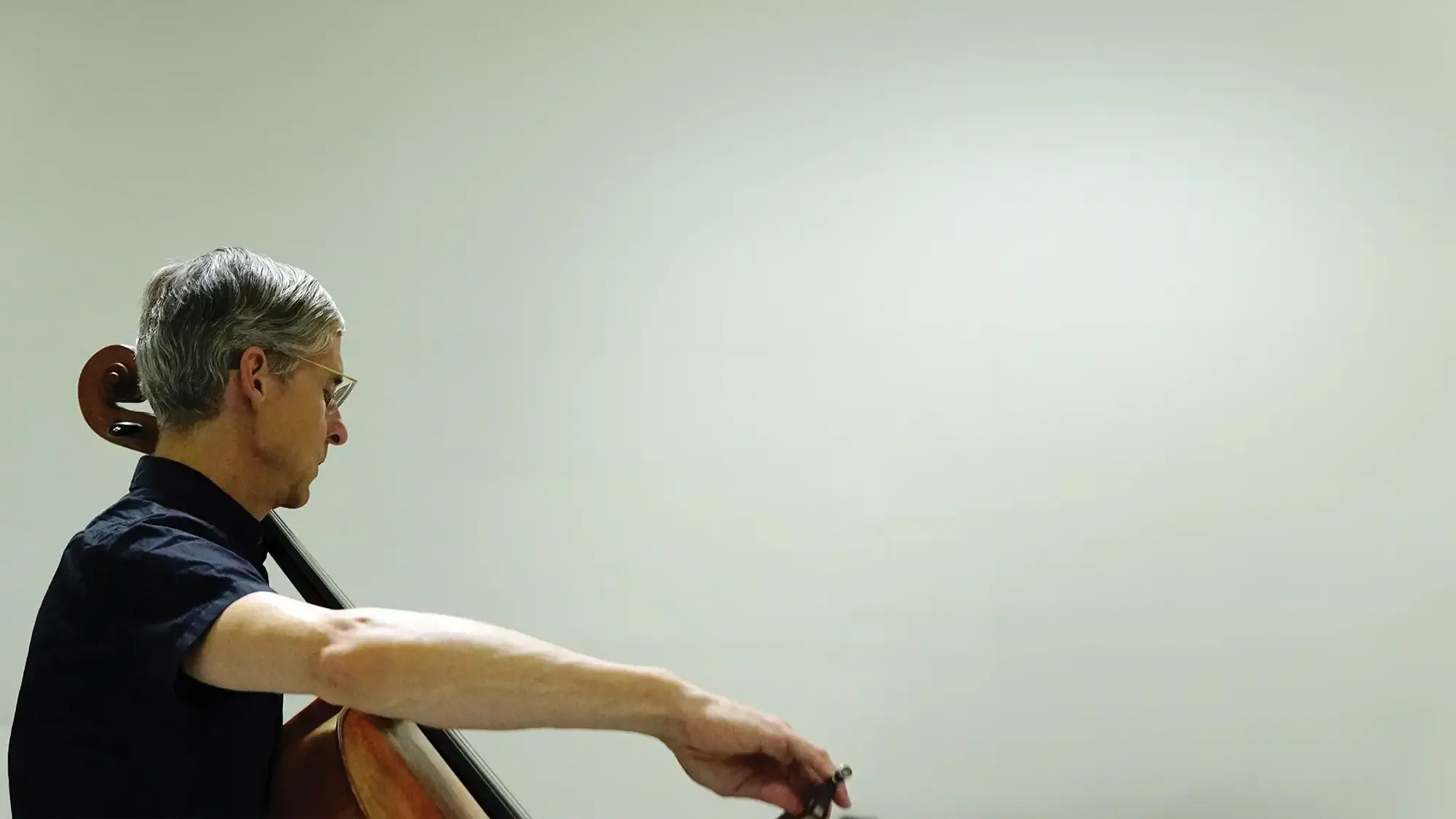
Victoria Shen & Mariam Rezaei
A ubiquitous fixture in DJ and electronic music for the better half of the last century, the record turntable has been utilized as an instrument in innumerable ways since its conception. Experimental musicians Victoria Shen and Mariam Rezaei explore and push the musical limits of turntablism in a thrilling and dizzying concert performance of new music for unorthodox instruments and objects where DIY sensibilities meet the audio technological capabilities of EMPAC's Studio 1. Extreme sonic textures and physical gesture substitute for traditional musical elements like melody and harmony, questioning commonly accepted modes of music and meaning making.
Victoria Shen is a sound artist, experimental music performer, and instrument-maker based in San Francisco, whose sound practice is concerned with the spatiality/physicality of sound and its relationship to the human body.
Mariam Rezaei is a multi-award winning composer, turntablist, and performer. She previously led experimental arts projects TOPH, TUSK FRINGE, and TUSK NORTH. Rezaei’s acclaimed music has been described as “high-velocity sonic surrealism” (The Guardian) that “harness[es] extreme technical prowess” (Boomkat).
Victoria Shen & Mariam Rezaei performing in EMPAC's Studio 1—Goodman in April, 2025. Courtesy the artists. Photo: Michael Valiquette/EMPAC.






